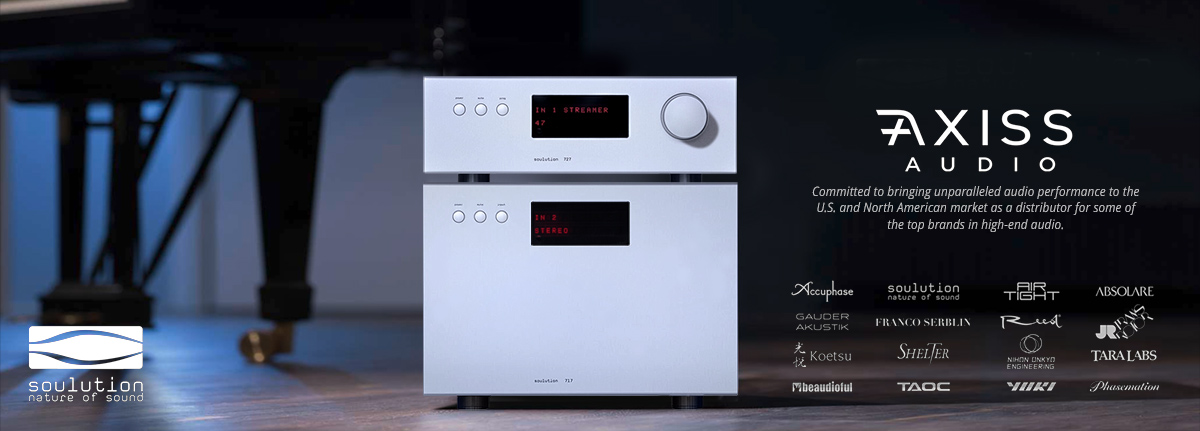Yes, I would say the Kondo was warmer and softer than real life. I heard them on the big Zingali Home Monitor 110s which were tube friendly for a big speaker, about 96dB efficient into 6 ohms. But the 110s do like plenty of current. It was in a typical domestic sized room, so realistic sized home setting. BUT at that time my exposure to really high end was more limited. Since then I have moved on, and up, and have more experience of how higher end systems can sound both good and bad. I would say I may feel a bit less impressed now. And the price of those amps....
Yes those Living Voice Olympians at Munich, really great sound. But they used 2 separate amps for each channel, and the bass horns were self amped, so a bit of a cheat maybe? Not all powered by the Kondo's in that case then. Then the battery power supply which was hidden from view but was HUGE. And the careful choice of music. Having said that, you can't take away how good it sounded. Nearly 1M Euros though.
Lamm are interesting amps, I did their website but haven't heard any of their gear yet. Vladimir uses mid range parts but has a skill in getting them to work together. He has a secret way of doing that, but I believe it is really careful matching and system synergy. If a tube is a tad dark, use a brighter cap in the coupling position for example. Obviously much more to amplifier design than this, but you get my drift.
Kondo and Audio Note UK go for insane silver transformers, handmade parts and crazy prices. The idea that a single part, if made with the best components can hugely increase the sound you get from the exact same circuit. Maybe this is true? In Audio Note UK's case, they have milked this strategy to the max. Are their transformers magic, better than anyone else? I would question that. Having owned some of their amps and DACs, I would say not. Bigger can be better even using copper than 'more silver' especially if the OPT are undersized for the application already IMO. Physical constants maybe?
Still, a fascinating subject, I bet the guys who designed the original SET amps for cinema use back in the 30s never imagined nearly 90 years later we would still be extracting the best out of those very designs. I actually like that aspect, like respecting the past, as opposed to a new and throw away latest amp to sling out and start again 5 years later. In fact I am stocking up on tubes right now Ha Ha.
















